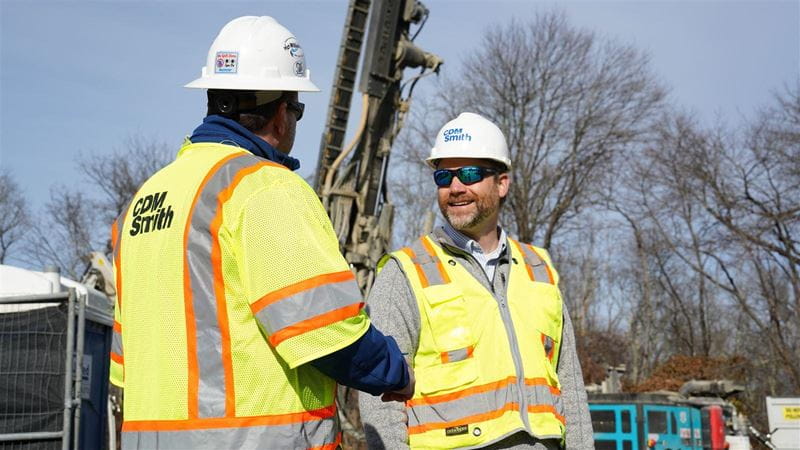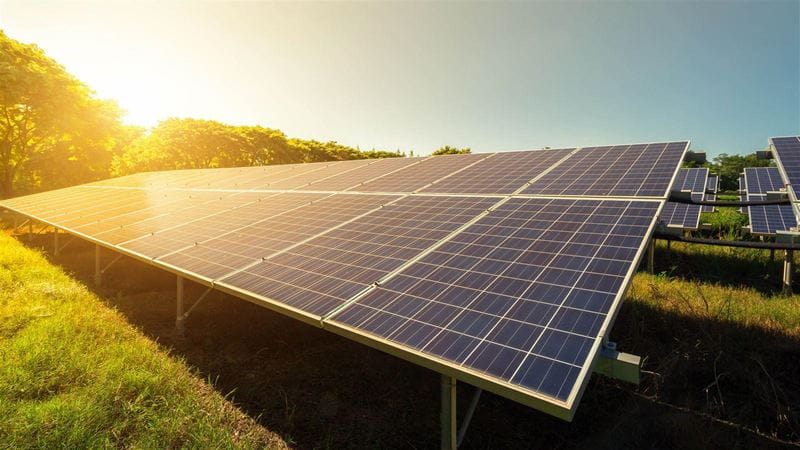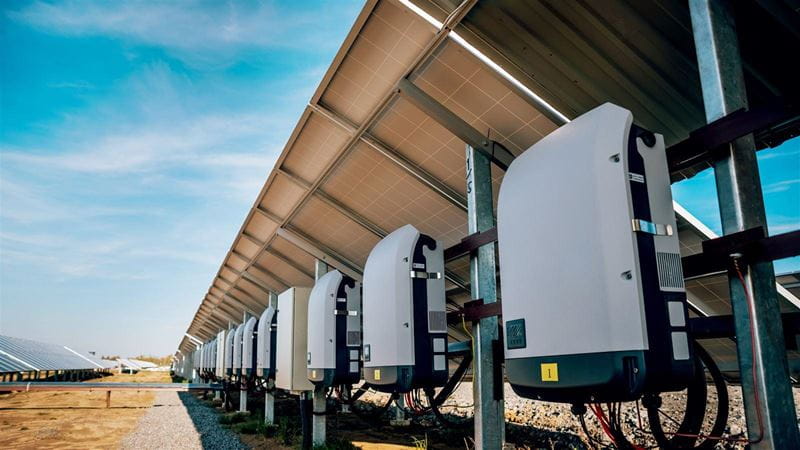How do microgrids help water utilities overcome power challenges?
Implementing a microgrid comes with challenges, from coordinating with electric utilities to determining the right energy mix and planning for future expansion. Laurel Schaich, an environmental engineer and project technical leader, brings deep expertise in bioenergy and waste-to-energy projects, helping utilities handle these complexities.
What are the current water challenges, and how can a microgrid be the solution?
Water utilities play a vital role in providing drinking water and wastewater treatment, both critical infrastructure services. A power outage could disrupt drinking water supply for an entire city or compromise wastewater treatment operations. Losing power could even lead to boil water advisories, which no utility wants to issue.
A microgrid helps mitigate these risks by integrating multiple power sources to ensure reliable operations under different scenarios. Under normal conditions, a utility may primarily rely on the main power grid while incorporating renewable energy sources. In an emergency, the microgrid can prioritize critical infrastructure such as essential pumps and treatment processes by allocating power strategically. This ensures that water and wastewater services remain operational, even during grid failures, safeguarding public health and service reliability.
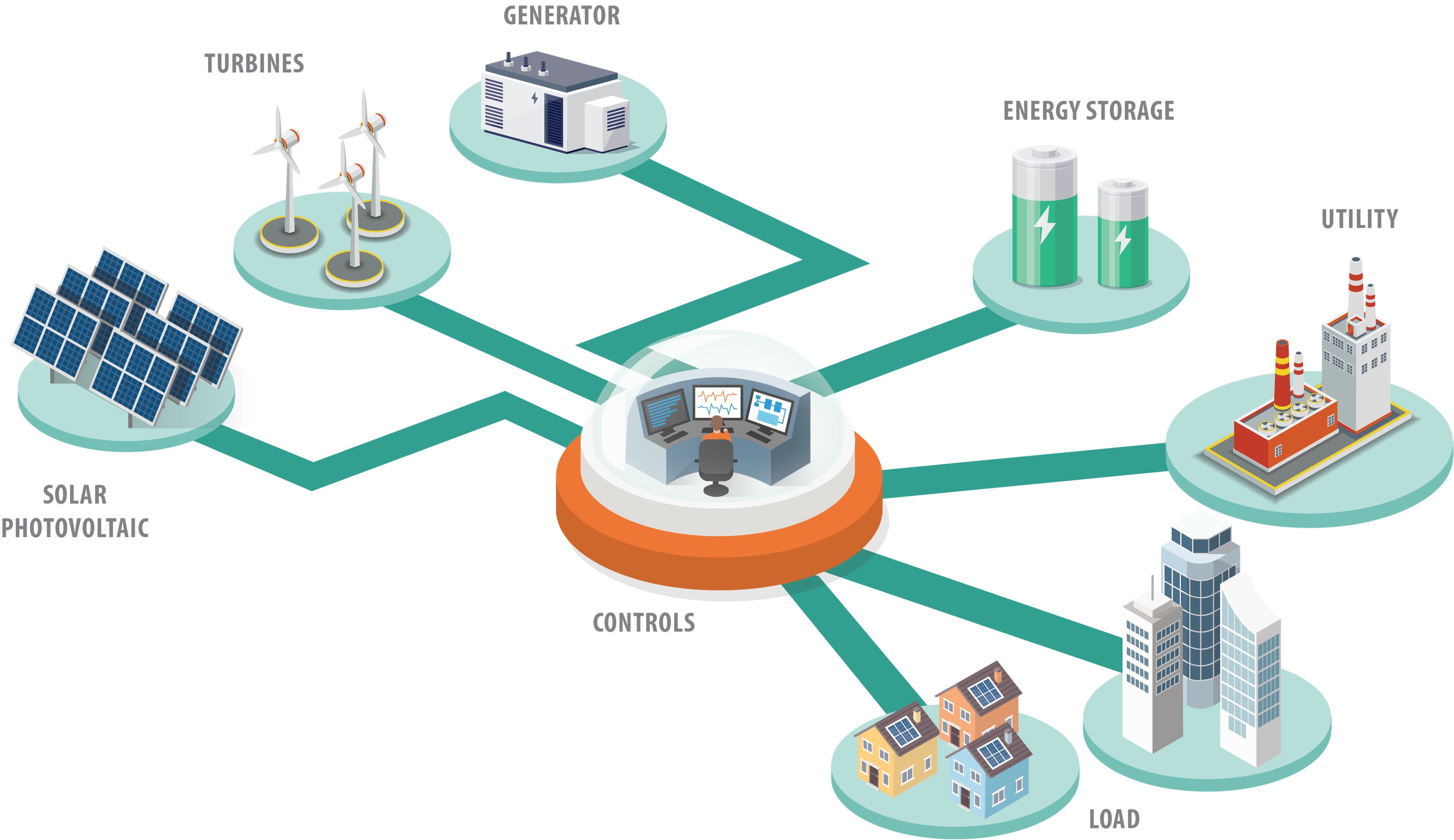
How can water utilities reduce energy consumption and lower costs with microgrids?
Wastewater treatment processes rely on large mechanical equipment, such as pumps and blowers for secondary treatment, all of which are critical to operations. Water utilities account for a significant portion of a municipality’s overall energy consumption.
Reducing energy usage wherever possible is beneficial, and a microgrid can help by integrating renewable energy sources like solar power. By supplementing traditional power sources and lowering overall energy demand at water and wastewater treatment plants, microgrids not only improve efficiency but also reduce electricity costs for utilities.
What renewable or alternative energy sources would be most beneficial for a water utility looking to install a microgrid?
Solar energy is a key option, particularly for peak shaving. In most cases, the highest energy consumption for a water or wastewater treatment plant occurs during the day precisely when solar power generation is at its peak. By aligning power generation with consumption, utilities can significantly reduce peak demand. When combined with a battery energy storage system, solar power becomes even more effective, as excess energy generated during the day can be stored and used later, helping to balance overall energy production and consumption.
Another valuable renewable energy source is biogas, which is especially significant in bioenergy work at CDM Smith. Biogas is generated from the anaerobic digestion process used for solids stabilization. Instead of flaring it, this energy-rich gas can be utilized in an engine for combined heat and power (CHP), enabling the facility to generate both electricity and heat for on-site reuse. Additionally, biogas can be refined into renewable natural gas (RNG) and injected into the pipeline for broader public use.
How can water utilities reduce energy consumption and lower costs with microgrids?
Wastewater treatment processes rely on large mechanical equipment, such as pumps and blowers for secondary treatment, all of which are critical to operations. Water utilities account for a significant portion of a municipality’s overall energy consumption.
Reducing energy usage wherever possible is beneficial, and a microgrid can help by integrating renewable energy sources like solar power. By supplementing traditional power sources and lowering overall energy demand at water and wastewater treatment plants, microgrids not only improve efficiency but also reduce electricity costs for utilities.
What renewable or alternative energy sources would be most beneficial for a water utility looking to install a microgrid?
Solar energy is a key option, particularly for peak shaving. In most cases, the highest energy consumption for a water or wastewater treatment plant occurs during the day precisely when solar power generation is at its peak. By aligning power generation with consumption, utilities can significantly reduce peak demand. When combined with a battery energy storage system, solar power becomes even more effective, as excess energy generated during the day can be stored and used later, helping to balance overall energy production and consumption.
Another valuable renewable energy source is biogas, which is especially significant in bioenergy work at CDM Smith. Biogas is generated from the anaerobic digestion process used for solids stabilization. Instead of flaring it, this energy-rich gas can be utilized in an engine for combined heat and power (CHP), enabling the facility to generate both electricity and heat for on-site reuse. Additionally, biogas can be refined into renewable natural gas (RNG) and injected into the pipeline for broader public use.
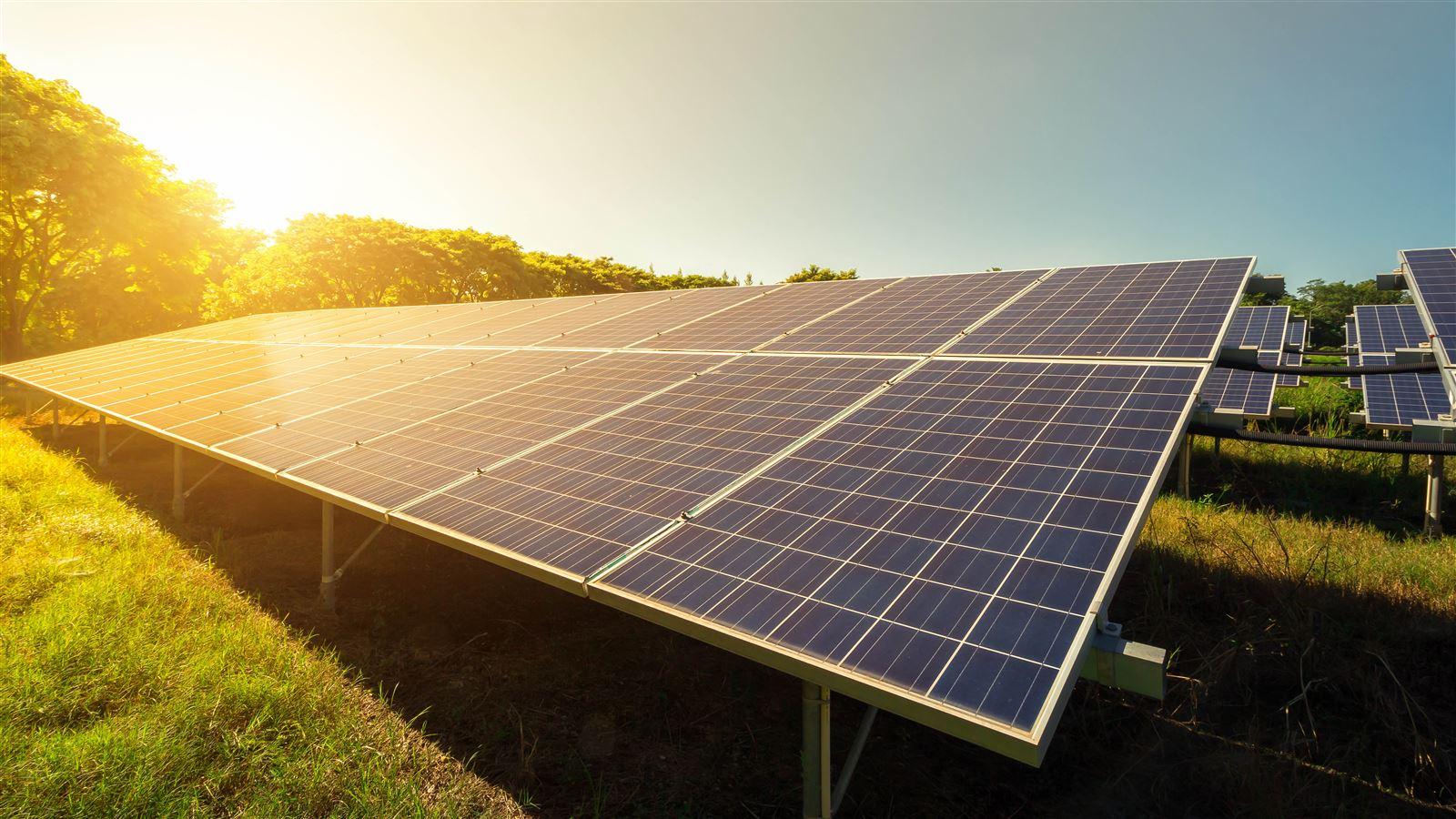
What are the primary challenges utilities face when upgrading to a microgrid?
One of the biggest challenges is working with the electric utility. Since a microgrid reduces reliance on the main grid, it's crucial to ensure that the project aligns with the utility's requirements. This includes establishing contractual agreements that account for reduced energy consumption and potential spillover scenarios. If the microgrid produces excess energy and there’s no storage available, that energy may need to be sent back to the utility. Defining how this is handled is a critical part of the planning process.
Another major challenge is developing the overall conceptual plan and design criteria. There are multiple energy resources to consider such as solar, biogas and engines, and determining the right mix requires thorough analysis. For example, deciding whether to install two megawatts or six megawatts of solar depends on detailed data analysis. Interval energy consumption data, measured in 15-minute increments over an entire year, is essential for modeling historical energy use and fitting the right generating assets into the overall system.
Land availability is another key factor. Solar installations require significant space, so determining where they can be placed and assessing the amount of sunlight in those locations is crucial.
Lastly, planning for the future is vital. While the system must be optimized for current operations, future expansions, new technologies, and evolving capacity needs must also be considered. Designing a microgrid with flexibility for future growth ensures long-term sustainability and efficiency.
Laurel Schaich, Environmental Engineer at CDM Smith, has been at the forefront of innovative bioenergy solutions, leveraging her expertise to help utilities integrate renewable energy into their operations, optimizing microgrid solutions for long-term reliability and efficiency.

When combined with a battery energy storage system, solar power becomes even more effective, as excess energy generated during the day can be stored and used later, helping to balance overall energy production and consumption.




